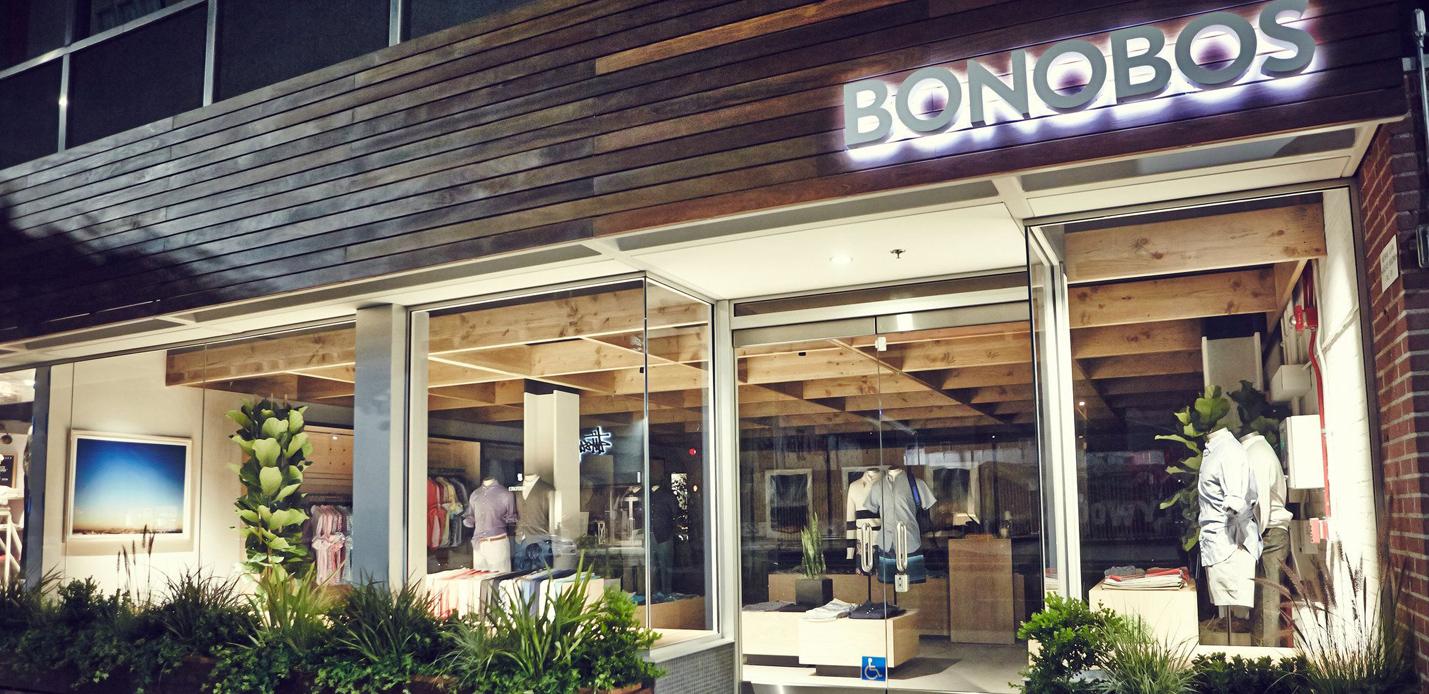News and Views
Acquiring new customers costs 5 to 25 times more. Brand loyalty at Shein, Fashion Nova and Bonobos.


The pure-play digital retailers
Many businesses are discovering that consumer loyalty often stems from a seamless blend of brick-and-mortar and pure-play digital shopping experiences, driven by thoughtful design at the interface.
Brick-and-mortar retailers face mounting challenges with rising staff costs, rent, business rates, and fluctuating tariffs on goods. Meanwhile, pure-play digital retailers are not immune to economic shifts. As consumer behaviour evolves, large retailers, including mass merchants, wholesalers, and grocery chains, grapple with fierce competition for customer loyalty.
A key tool for assessing how well organisations treat both employees and customers—and how they foster loyalty—is the Net Promoter Score (NPS). This metric is crucial in evaluating customer loyalty, which is significantly more cost-effective to retain than to acquire. Studies show acquiring new customers costs five to 25 times more than retaining existing ones, making it essential for marketing strategies to focus on converting new customers into loyal ones. This long-term approach yields the highest return on investment.
In a landscape where products are widely available, how can retailers—whether online or offline—stand out? Many are realising that consumers are more loyal to the overall shopping experience rather than the products themselves. This is where pure-play digital retailers and traditional brick-and-mortar stores overlap. The term "customer experience" or "retailtainment" is frequently used in the retail industry, with good reason. Influencers, such as Cardi B for Fashion Nova, help pure-play retailers execute retailtainment by engaging their target audience.
When Shein, the American pure-play fashion retailer, approached us to design their new brick-and-mortar portfolio, it became clear they lacked experience in visual merchandising for physical stores. We emphasised the need for a positive, seamless, end-to-end shopping experience, where digital and physical channels are integrated and customer touch points are well understood. While this is no easy feat, there are ways to enhance customer experience and encourage repeat business.
Bonobos, a once-online-only menswear retailer, opened its first guide shop in 2012 and has since expanded across North America, while maintaining a strong online presence. This trend of blending the convenience of online shopping with brick-and-mortar experiences is reshaping store designs and operations.
Loyalty programs, in-store efficiencies, and personalisation are three key strategies for incentivising customer engagement. Personalisation, in particular, should be a core focus throughout the shopping journey, though it requires the right data—an area where many retailers face challenges despite their investments.
While online shopping offers convenience, it lacks the sensory experience of touching, seeing, or trying products before purchasing. To address this, many retailers are incorporating digital experiences into their physical stores, such as self-checkout, click-and-collect, and mobile offers, which make shopping easier and faster.
Physical store design is also evolving, often with the help of retail design consultants. Today’s stores tend to feature smaller layouts, visually appealing merchandising, and tech-driven interfaces. For instance, Target has introduced small concept stores with curated inventory tailored to local markets. Similarly, John Lewis in the UK and Nordstrom in the US have integrated special events and dining into their stores to enhance engagement. By rethinking the in-store experience, retailers can foster stronger customer relationships. Nordstrom, for example, has opened The Grill in select locations like Mall of America and Salt Lake City to draw shoppers in.
Ultimately, without a positive customer experience, retailers will struggle to build a loyal customer base. Innovations in-store, modern loyalty programs, and personalisation are some of the ways retailers are improving the shopping journey. Those who prioritise convenience, simplicity, and creative design will nurture loyalty and ensure customers keep coming back.
At Campbell Rigg, our ongoing process of research and renewal allows us to continually track and share the best retail trends worldwide. Please explore our other articles and feel free to contact us to discuss your retail brand, design, or refurbishment needs, including digital and social media strategies.









